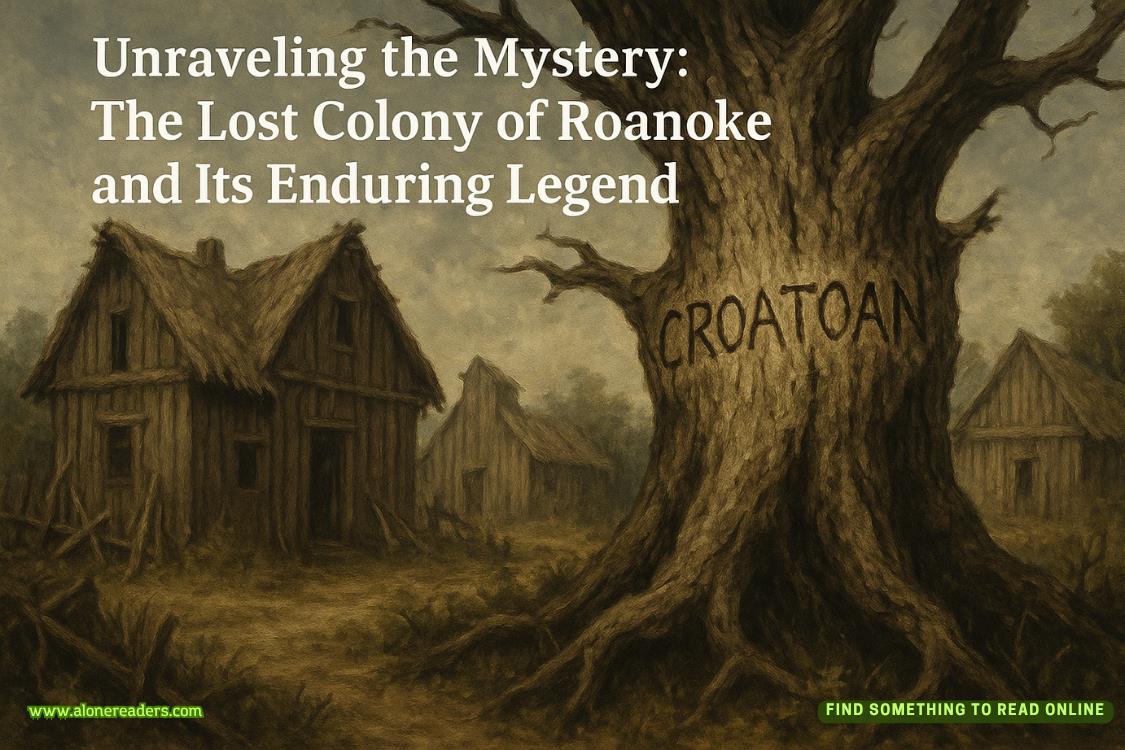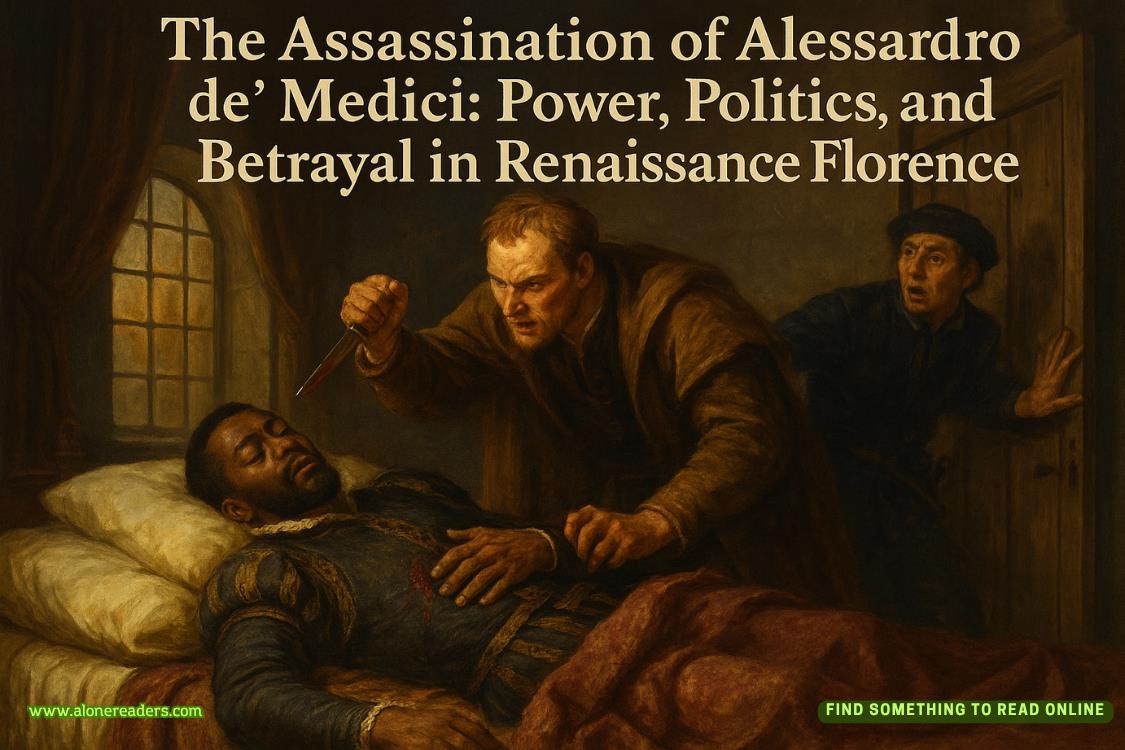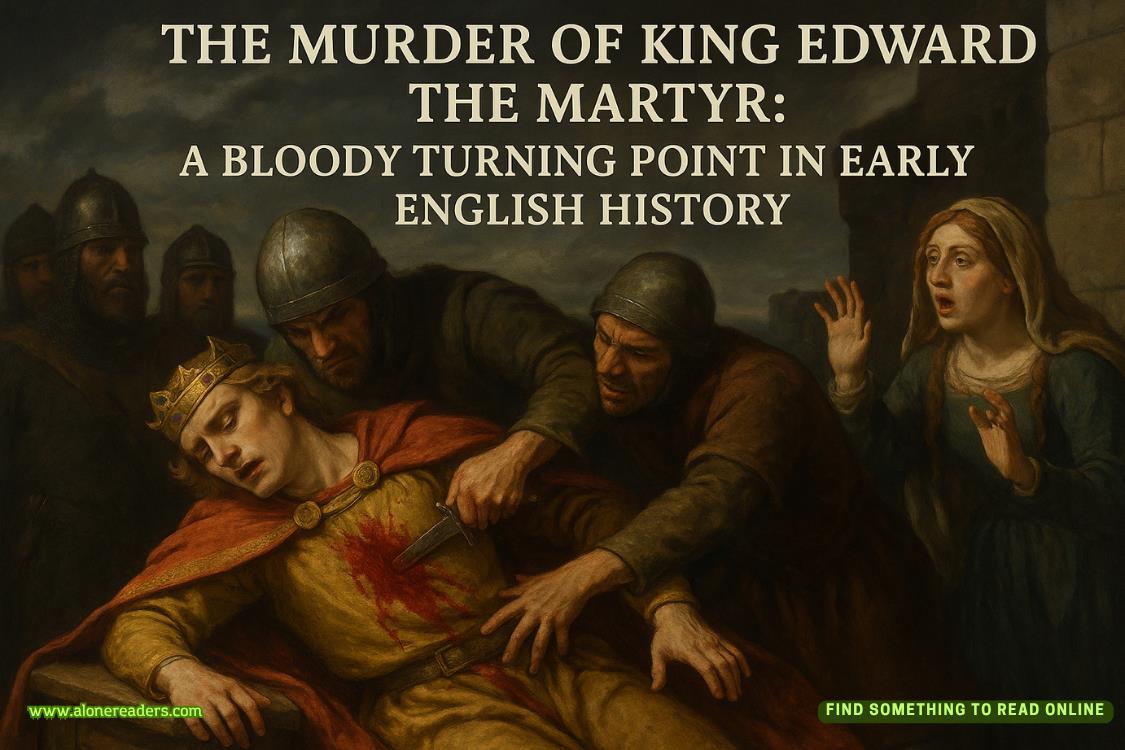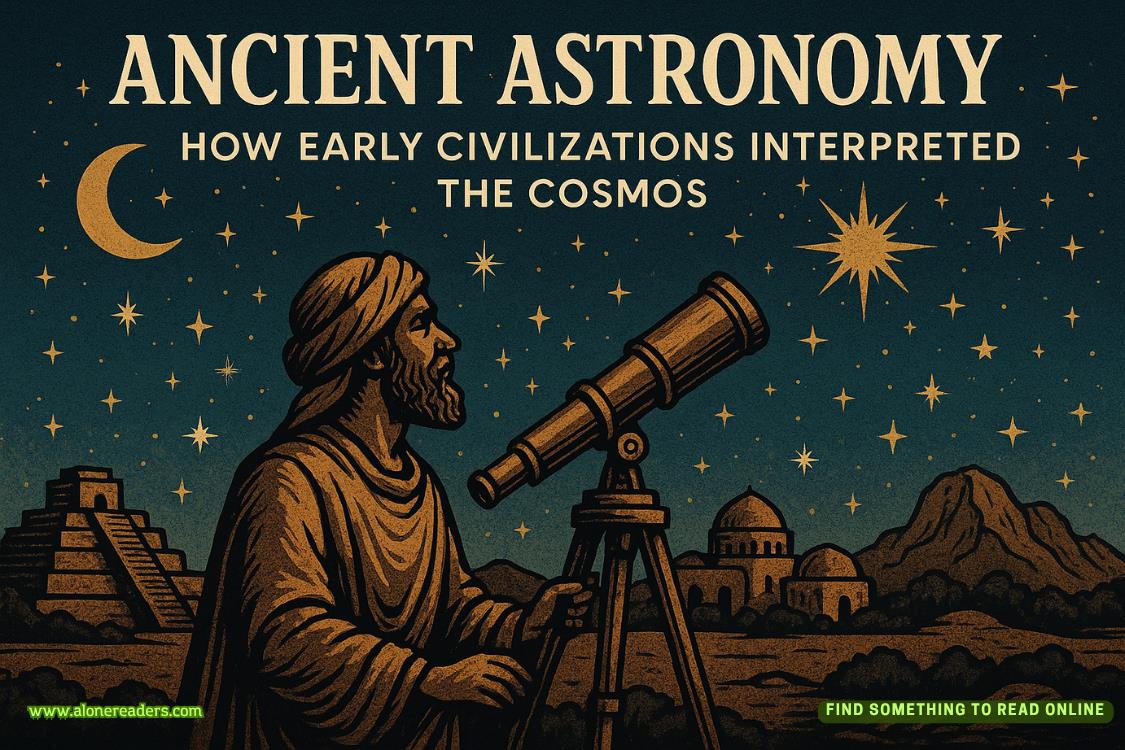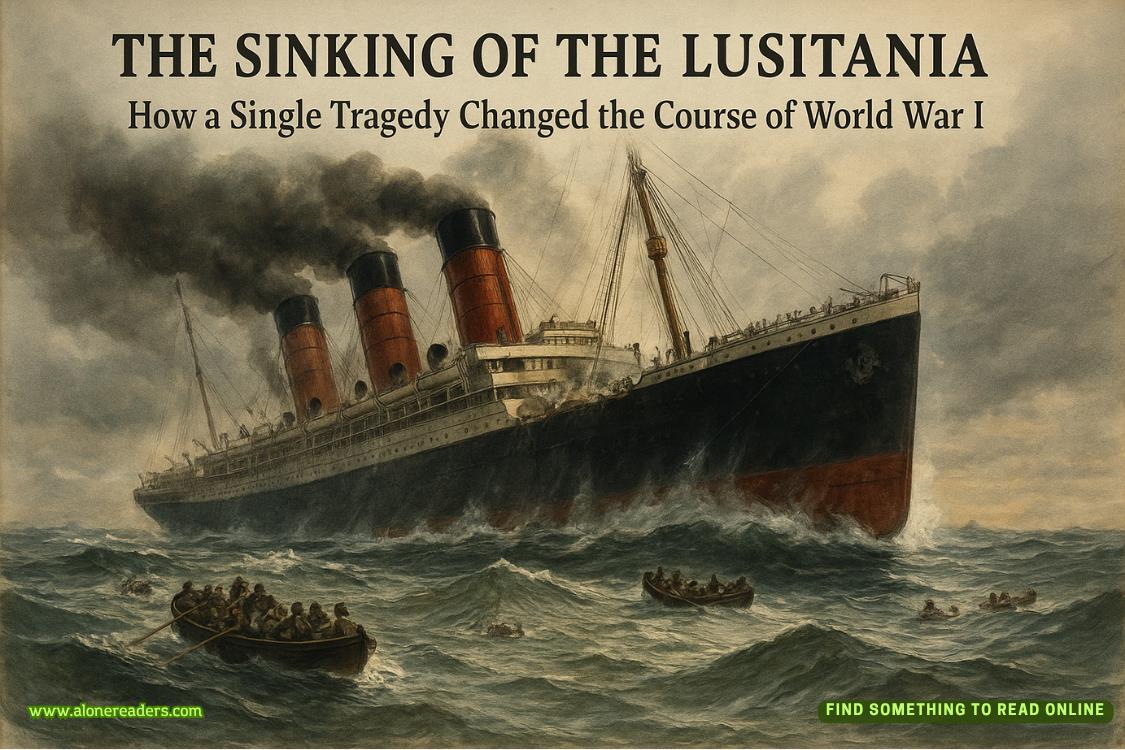“Yeah, you’re right, though it would be tough for out-of-towners to navigate. What else have you got?”
“What about Shark Valley in the Everglades? Lots of room, not close to the airport.”
“Yeah, but it’s a straight shot down the Tamiami Trail to the 836. Not much chance for teams to get lost.”
“My last option is the Ancient Spanish Monastery,” I said. William Randolph Hearst had bought the 12thcentury Monastery of St. Bernard de Clairvaux in Segovia, Spain and had it taken apart and shipped to the US. When he ran out of money, it sat in storage until the 1950s, when it was reassembled in North Miam Beach. We’d been there for a wedding a few years before and gotten lost finding it.
“It would make for a great backdrop, and it could be confusing for teams to get from there to the airport,” Ray said. “I like it.”
I printed out a map of the area and marked out several different routes, depending on the time of day. If they were sending us from there to the airport during morning rush hour, I-95 might seem the straightest way, but traffic could be a bear.
Despite our coordinated efforts, we kept clashing. Ray thought I was overthinking things; I thought he wasn’t thinking enough. He pushed for more aggressive training; I argued for more rest days. He wanted to focus on speed; I emphasized accuracy and technique.
“You can’t strategize your way through a physical challenge,” he said during a particularly heated argument after I’d refused to attempt the climbing wall at an indoor gym. “Sometimes you just have to push through the fear.”
“And you can’t muscle your way through a puzzle or navigation challenge,” I countered. “Sometimes you need to stop and think.”
“We’re going around in circles,” Ray said, exasperated. “At this rate, we’ll be eliminated in the first leg.”
That night, I texted Dr. Lieber and asked for an individual session. She agreed to see me the following afternoon.
Chapter 10
Final Instructions
Dr. Lieber’s office felt different without Ray beside me. More intimate, somehow. She settled into her chair and smiled encouragingly.
“So, Jeffrey, what brings you in for an individual session today?”
“We’ve been selected forThe Big Race,” I said. “We start filming in two weeks.”
“Congratulations,” she said. “That sounds like an exciting opportunity.”
“It’s a disaster, actually.” I leaned forward, elbows on my knees. “We can’t agree on how to prepare or what strategy to use. Every training session ends in an argument. We’re no closer to rebuilding trust than we were before.”
“I see.” She made a note on her pad. “When you discussed this idea of competing on the show, what was your expectation?”
I considered the question. “I thought it would be a clear test. Either we can work together or we can’t. Either our marriage is worth saving or it isn’t.”
“That’s a very binary way of looking at it.” She adjusted her glasses. “Either success or failure, with no middle ground.”
“Isn’t that how a race works? You either win or lose.”
“Is winning the race your goal? Or is healing your relationship the goal?”
The question caught me off guard. “Both, I guess.”
“But which is primary? If you had to choose between winning the race and making progress in your relationship, which would you choose?”
“Making progress in our relationship,” I said without hesitation.
“Then perhaps the race isn’t the test you’ve been framing it as.” She set her pad down. “What if, instead, you viewed the race as a classroom? A place where both you and Ray can learn new ways of interacting, of supporting each other, of rebuilding trust?”
“A classroom,” I repeated slowly.
“Tests have pass or fail outcomes. Classrooms have lessons, growth, setbacks, and breakthroughs. They’re messy, non-linear spaces for development.”
I leaned back, considering this shift in perspective. “So instead of seeing each challenge as a measure of our compatibility...”




